
Epidermolysis bullosa (EB) is a medical term which describes a whole group of skin problems. The main characteristic of all these disorders is formation of blisters after some mechanical trauma of the skin.
There are three major types and more than 25 subtypes of EB, depending on the skin morphology. These includes epidermolysis bullosa simplex (EBS), dystrophic (DEB) and junctional epidermolysis bullosa (JEB). EBS causes epidermal blisters, while JEB and DEB affect deeper layer of the skin, such as areas between epidermis and dermis, including some upper parts of the dermis.
EBS commonly causes no or just little extracutaneous involvement. Doctors differentiate another category of epidermolysis bullosa called hemidesmosomal EB, causing blisters in the most superior aspect of the epidermis and leading to more serious problems with the skin and involvement of several other organs as well.Epidermolysis Bullosa is Rare Problem
Statistical data reveals that just 12.500 people in the United States have been diagnosed with epidermolysis bullosa. Out of 1 million newborn babies, just 50 will have some form of this skin disease and most of them, more than 90% will have mild EB, usually epidermolysis bullosa simplex. Because of the mild nature of EBS, people rarely do not report such a problem and most cases remain undiagnosed and, therefore, missed in statistics. Other forms of EB are even rarer and account for several percents of all diagnosed blisters on the skin.
Newborns are especially sensitive to any problems, including skin disorders like epidermolysis bullosa. Any generalized blistering on the skin can be further complicated in these patients by infection or sepsis and even lead to lethal outcome in certain cases. Kids younger than one year of age are found to be highly likely to experience fatal problems if affected by so-called Herlitz or letalis JEB. Other patients who have survived EB in the childhood may experience lethal case of squamous cell carcinoma.
Steroids Are Only Treatment
Epidermolysis bullosa is a genetic problem and there are no medications and treatments which can correct this problem on the molecular level.
Steroid medications have been proven to reduce blisters in EB patients and epithelial problems, but these drugs are associated with certain medical complications. Also, steroid drugs should not be used (are contraindicated) in inherited types of EB for a long period of time. Other drugs, such as tetracyclines or phenytoin did not lead to any improvement in these patients.
New treatments may include gene or protein therapies and be able to provide some solution for fragility of the skin found in EB patients. So far, type VII collagen and laminin-5 gene treatments have been successful in vivo models and these are now studied in animal models, during preclinical trials.





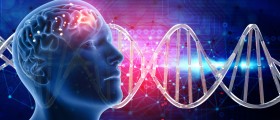

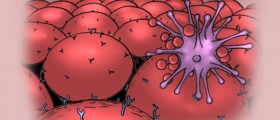

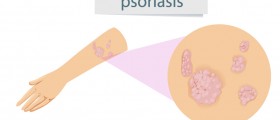

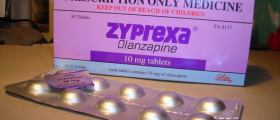
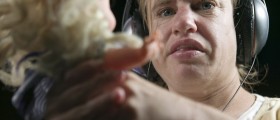



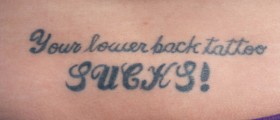
Your thoughts on this
Loading...